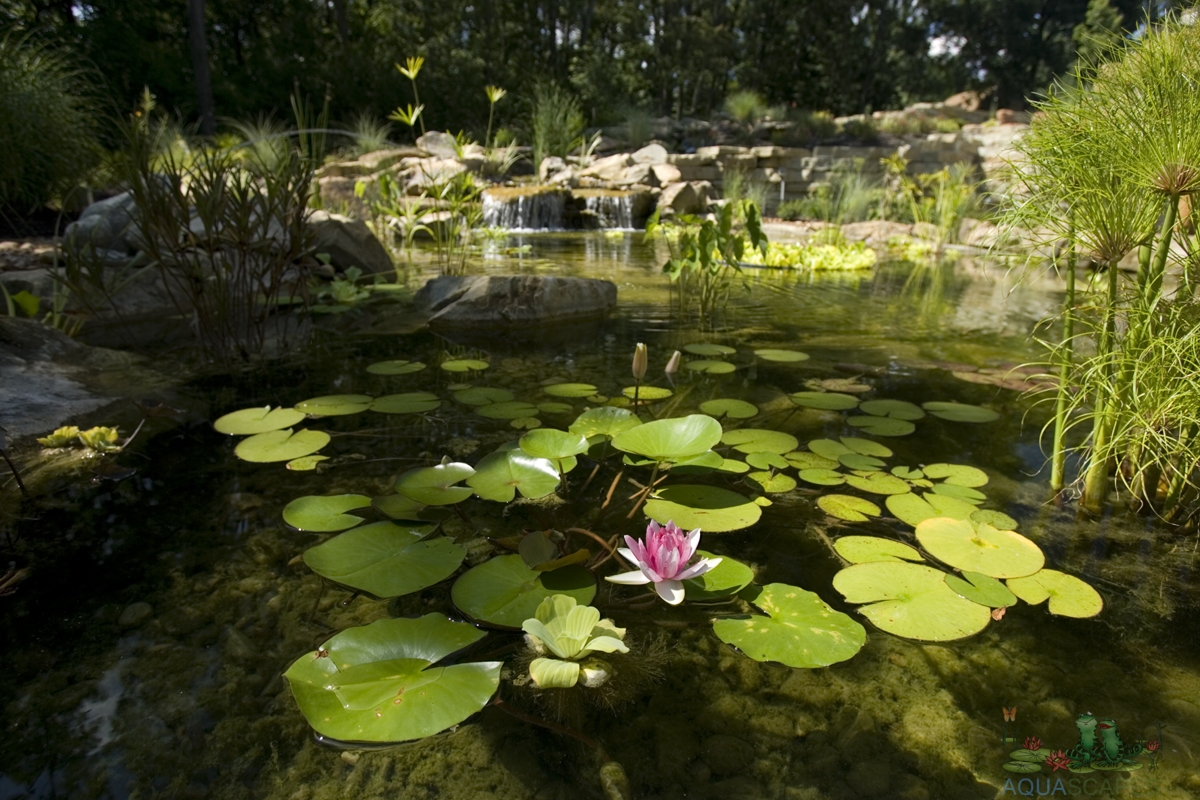Shocking a pond is a potent treatment used to address severe water quality issues such as stubborn algae blooms, bacterial overgrowth, and murky water. It involves introducing an oxidizing agent to break down excess nutrients and contaminants. This process can be crucial for restoring the ecological balance of your pond, but it must be done carefully to ensure the safety of the pond’s inhabitants and maintain its natural beauty. Here’s a detailed guide on how to shock your pond effectively, with tips to ensure the best outcomes.
Understanding the Need for Shocking Your Pond
Indications for Shocking:
- Excessive Algae Growth: Constant algae blooms despite regular maintenance.
- Poor Water Clarity: Water remains cloudy or colored even after filtration adjustments and cleaning.
- Foul Odors: Unpleasant smells indicating decay or excessive organic matter.
Safety First: Always ensure the shock treatment chosen is suitable for your pond’s ecosystem, particularly if you have fish and plants. Some chemicals may be too harsh and require temporary removal of pond life.
Preparations Before Shocking
- Check Compatibility: Confirm that the chosen shock treatment is safe for all aquatic life in your pond. If necessary, prepare to temporarily relocate fish to a holding tank.
- Test Water Parameters: Accurate testing of ammonia, pH, nitrites, and nitrates will guide the dosage and type of shock treatment to use.
- Remove Organic Debris: Clear out leaves, dead plants, and sludge. Decomposing organic matter consumes oxygen and releases nutrients that fuel algae growth.
- Aerate Your Pond: Ensure your aeration system is working efficiently, as increased oxygen levels can help mitigate the impact of toxins released during the shocking process.
Selecting the Right Shock Treatment
Chlorine vs. Peroxide:
- Chlorine: Highly effective but can be toxic to fish and plants. It’s crucial to follow exact dosages and possibly remove pond life before treatment.
- Hydrogen Peroxide: Safer for fish and plants. It oxygenates the water while killing algae and bacteria. Ideal for ponds with delicate ecosystems.
Detailed Steps to Shock Your Pond
- Calculate Pond Volume: Understanding your pond’s total volume is critical for applying the correct amount of shock product. Measure length, width, and depth to find the volume.
- Dilute the Shock Product: Mix the shock treatment with pond water in a clean bucket to create a diluted solution. This prevents “hot spots” of concentrated chemical which can harm pond liners and aquatic life.
- Even Distribution: Pour the diluted shock treatment evenly across the pond’s surface. Use a spray or watering can for even distribution.
- Circulate the Water: Use pumps or water features to ensure the shock treatment is evenly dispersed throughout the pond. Good circulation helps achieve maximum effectiveness.
- Monitor and Adjust: Keep a close eye on water parameters in the days following the treatment. Test daily for pH, ammonia, nitrites, and nitrates to monitor the pond’s recovery.
- Water Changes: After the shock has had time to act, usually about 24-48 hours, perform a partial water change (around 20-30% of the total volume). This helps remove any residual chemicals and refreshes the pond environment.
Post-Shock Care
- Reintroduce Beneficial Bacteria: After shocking and water changes, add beneficial bacteria to help establish a healthy biological balance. These bacteria will aid in breaking down organic matter and controlling nutrient levels.
- Observe Fish Behavior: When reintroducing fish, observe them for any signs of stress or illness. Ensure the water conditions are stable before placing them back into the pond.
- Continue Regular Maintenance: Regularly clean filters, remove debris, and maintain plants to prevent future build-ups that might necessitate another shock treatment.
Shocking your pond is a significant intervention that can greatly improve water quality and clarity when done correctly. By following these detailed steps and tips, you can ensure a safe and effective treatment that restores and maintains the natural balance of your backyard oasis.

